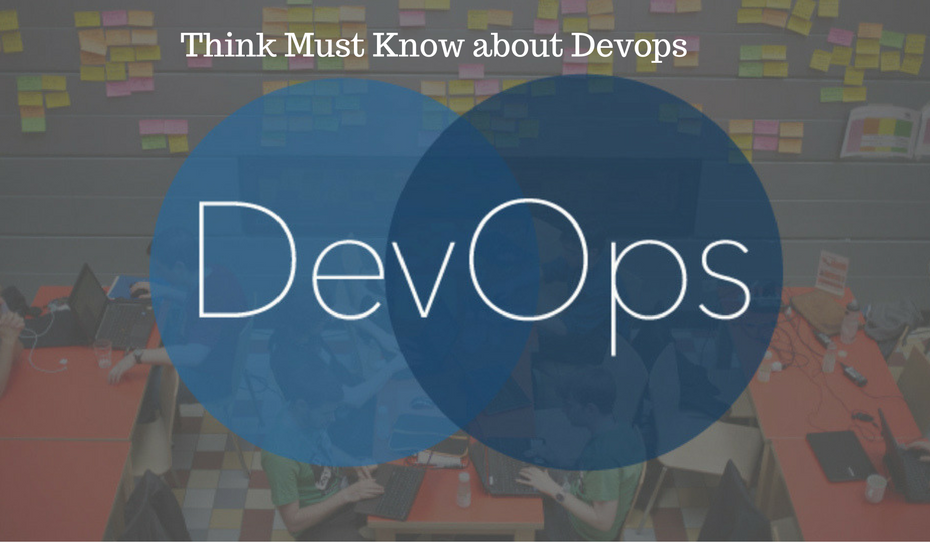Due to the hard work of DevOps engineers and their teams every day, it is important to always look for tools to improve productivity and efficiency. Unfortunately, there is not enough time to search for the best DevOps tools that suit the team. That’s why we were looking for you.
From the permanent tools that have proved invaluable in the DevOps process to the new tools created by programmers to help other developers, here is our list of the most reliable, relevant, safe and useful DevOps tools.
Nagios (and Icinga)
Infrastructure monitoring is a field that has many solutions … from Zabbix to Nagios, to dozens of other open source tools. Despite the fact that at this stage there are now many new children, Nagios is an advanced monitoring solution that is very effective due to the large community of authors who create complements for this tool. Nagios does not contain all the skills we wanted in the automatic detection of new instances and services, so we had to solve these problems with community add-ons. Fortunately, it was not too difficult, and Nagios works very well.
We also examined Icingi, which was originally created as a Nagios fork. Its creators aim to take Nagois to a new level thanks to the new functions and modern user experience. As part of the open source community, there is a debate about the advantages of Nagios and his stepson, but for now, we continue to use Nagios and we are happy with its scale and performance. The transition to new technologies, such as Icinga, may be appropriate in the future as it progresses.
Monit
Sometimes, the simplest tools are the most useful, as demonstrated by a simple Monitor. Its function is to guarantee the correct functioning of each process in the machine. For example, an error will occur in Apache, the request will help to restart the Apache process. It is very easy to configure and configure and is particularly useful in multiservice architecture with hundreds of micro-services. If you are using requests, be sure to monitor the restarts you perform to resolve problems and implement solutions (instead of simply restarting and ignoring the error). You can do this by monitoring the Monit log files and making sure that you are notified of each reboot.
ELK-Elasticsearch, Logstash, Kibana-Via Logz.io
The ELK stack is the most common solution for the analysis of records in the modern world of IT. It collects records of all services, applications, networks, tools, servers and other elements of the environment in a centralized location for processing and analysis. We use it for analytical purposes (for example, to solve problems, monitor services and reduce the time needed to solve operational problems). Another application of this tool is security and auditing (for example, monitoring changes in security groups and changes in permissions). When you receive alerts about these problems, it is easy to take action on unauthorized users and actions. We also use ELK for business analysis, such as monitoring our users and their behavior. You can set up your own ELK or buy it as a service. We have written a community guide on the use of ELK to monitor the performance of the application.
Consul.io
Consul is perfectly adapted to discover and configure services in modern and flexible applications built from microservices. The open source tool uses the latest technologies to provide internal DNS names for services. It acts as an intermediary to help sign and register names, allowing access to service names instead of specific machines. If, for example, you have a multiple machine group, you can simply register them as a single unit in Consul and easily access the group. We praise this tool for its effectiveness, although we still believe it can be done with it. If you also use it, it would be nice to know about your own use case.
Become a Devops Certified Expert in 25Hours
Jenkins
Everyone knows Jenkins, right? This is not the fastest version or the most interesting one, but it is really easy to use and has a great ecosystem of compliments and complements. It is also optimized for easy customization. We have configured Jenkins to create code, create Docker containers (see the next item), run several tests and move to the production/production stage. This is a great tool, but there are some problems with scale and performance (which isn’t so unusual)
We have explored other cool solutions, such as Travis and CircleCI, which are hosted solutions that do not require any maintenance on our side. For now, however, because we have already invested in Jenkins, we will continue.
Become a Devops Expert with Certification in 25Hours
Docker
Everything that can be said about how Docker transforms IT environments has already been said. It’s great. A changing life, even – (although we still have some challenges with it). We use Docker in production for most services. Facilitates configuration management, control and scaling, allowing you to move containers from one place to another.
We have developed our SaaS solution with a twelve-level data processing pipeline. Together with Jenkins and Docker, we managed to run a full stream on all layers on one Mac. It would be a mistake to say that Docker does not have any complications, because even small containers may require a significant amount of time to build. However, we want to give our programmers the greatest satisfaction and enable them to work quickly. With all management related to storage, security, network support – and all around containers – this can be a challenge.
We see Docker’s progress and look forward to welcoming new management and orchestration solutions to the company. For those who may have problems with Docker, we’ve also created a list of challenges and solutions when migrating to Docker.
Git
Git was created 10 years ago after the Linux community needs SCM (Source Control Management) software that could support distributed systems. Git is the most popular font management tool today. After launching Gita internally for a short time, we realized that we liked Git Hub better. In addition to the great features of creating forks and download requests, Git Hub also has plugins that can connect with Jenkins to facilitate integration and deployment. I assume that mentioning Git about modern IT teams is not a breakthrough, but I decided to add a list to it because of its great value for us.
To getting expert-level training for Data Science Training in your location –Devops Training in Tambaram | Devops Training in Chennai | Devops Training in Bangalore | Devops Training in Pune


